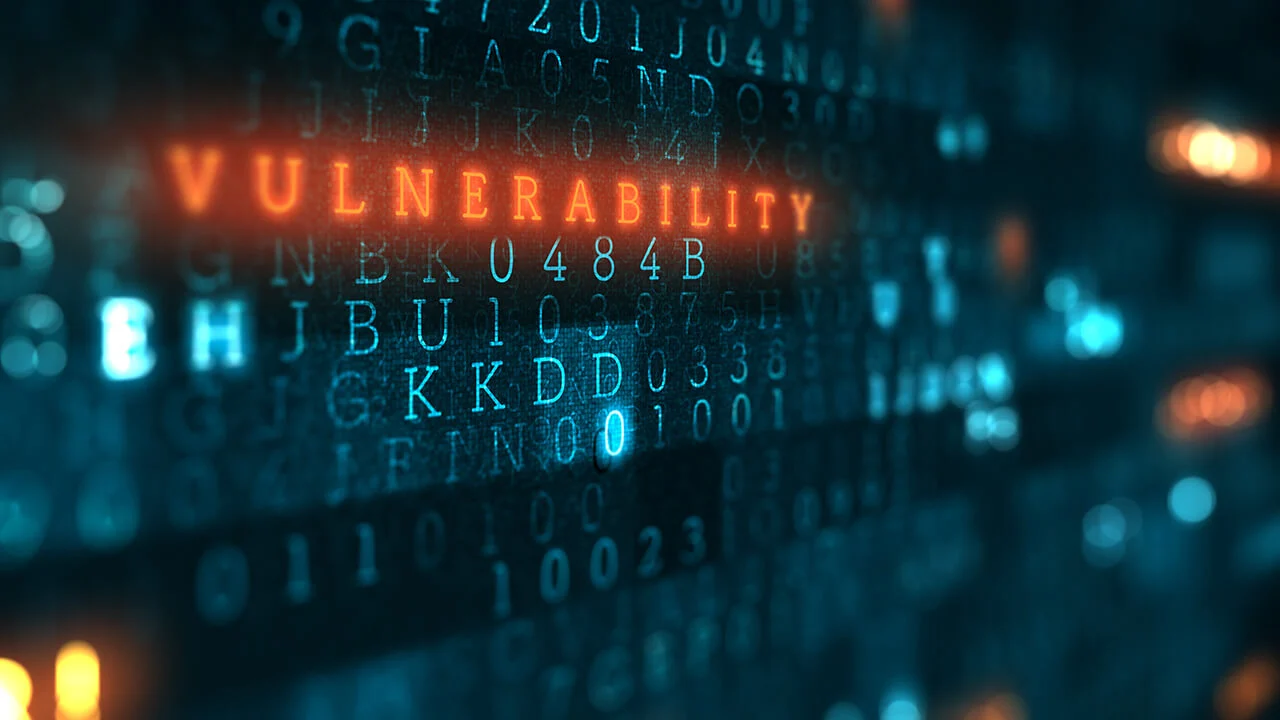CERT Resilience Management Model Testing
The CERT Resilience Management Model (RMM) is a framework designed to help organizations manage cybersecurity risks effectively. This model emphasizes the importance of understanding and addressing vulnerabilities across the entire lifecycle of an information system, from design through decommissioning.
In military applications, particularly in sectors like defense and national security, resilience management plays a critical role in ensuring that systems can withstand cyber threats without compromising operational integrity or safety. Our service focuses on testing this model to ensure that organizations are meeting the necessary standards for cybersecurity and software integrity.
The CERT RMM involves several key practices:
- Risk Identification: Identifying potential risks associated with information systems.
- Risk Analysis: Evaluating the likelihood and impact of these risks.
- Risk Treatment: Implementing strategies to reduce or mitigate identified risks.
- Monitoring and Review: Continuously monitoring the effectiveness of implemented treatments and making adjustments as necessary.
In military testing, we apply this model to ensure that software and systems are resilient against cyber threats. This includes testing for vulnerabilities in codebases, ensuring secure communication channels, and verifying that backup and recovery procedures can be successfully executed when needed.
The importance of resilience management cannot be overstated, especially given the increasing sophistication of cyberattacks. By adhering to the CERT RMM, organizations can significantly reduce their exposure to these threats. This not only protects sensitive information but also ensures mission-critical systems remain operational during attacks or other disruptions.
Our testing process involves several stages:
- Initial Assessment: Conducting a comprehensive review of existing systems and identifying areas for improvement.
- Risk Simulation: Simulating potential attack scenarios to test the effectiveness of current security measures.
- Treatment Implementation: Recommending specific strategies to enhance system resilience based on findings from previous stages.
- Continuous Monitoring: Implementing monitoring tools and protocols to ensure ongoing compliance with best practices outlined in the CERT RMM.
This approach ensures that military organizations are not only compliant with regulatory requirements but also prepared for real-world challenges. By leveraging cutting-edge testing methodologies, we provide a robust foundation for achieving and maintaining resilience within your organization’s cybersecurity posture.
Scope and Methodology
The scope of our CERT Resilience Management Model Testing service encompasses the entire lifecycle of software development, deployment, and maintenance. Our methodology is designed to align with international standards such as ISO/IEC 27035-1:2018 and NIST SP 800-161.
The first step in our process involves a thorough initial assessment. During this phase, we conduct an inventory of all systems and applications within the organization. This helps us identify potential vulnerabilities that could be exploited by cybercriminals or adversarial actors. Once identified, these risks are prioritized based on their likelihood and impact.
The second step is risk simulation. Here, we recreate realistic attack scenarios to evaluate how well your current security measures hold up against such threats. This allows us to pinpoint weaknesses in the system that require immediate attention. For instance, if a particular piece of software fails under simulated stress conditions, it signals an area where improvements are needed.
The third step is treatment implementation. Based on our findings from previous stages, we recommend specific actions to enhance resilience. These might include updating firewalls, implementing stronger encryption protocols, or improving patch management processes. Our goal here is not just compliance with regulations but also practical solutions that add tangible value.
Finally, there's continuous monitoring. In this ongoing phase, we deploy tools and techniques to keep an eye on the health of your systems over time. Regular audits help ensure that any new vulnerabilities are quickly identified and addressed before they can cause harm. Additionally, these continuous checks allow us to adapt our approach as threats evolve or as organizational needs change.
Our methodology is flexible enough to accommodate different sizes and types of organizations while maintaining high standards of accuracy and reliability throughout each project. Whether you're a small startup or a large enterprise, we can tailor our services to meet your unique requirements and goals.
International Acceptance and Recognition
The CERT Resilience Management Model (RMM) is widely recognized as one of the most effective frameworks for managing cybersecurity risks across various sectors, including defense. Its acceptance in international standards such as ISO/IEC 27035-1:2018 underscores its relevance and applicability beyond just military contexts.
The framework's broad adoption reflects its comprehensive approach to risk management, which goes beyond mere compliance with regulations like GDPR or HIPAA. By focusing on resilience, the CERT RMM encourages organizations to think proactively about security rather than reactively after incidents occur. This forward-thinking mindset is particularly crucial in high-stakes environments such as military operations.
Moreover, certification against the CERT RMM demonstrates a commitment to excellence and best practices within the cybersecurity community. It signals to stakeholders—from government officials to investors—that an organization takes its security responsibilities seriously and invests in long-term solutions rather than short-term fixes.
In practical terms, this recognition translates into enhanced trust among partners and customers who understand that they are working with a partner committed to maintaining robust defenses against evolving threats. Additionally, achieving certification can open up new opportunities for collaboration and partnership within the defense industry or beyond, fostering innovation through shared knowledge and resources.





